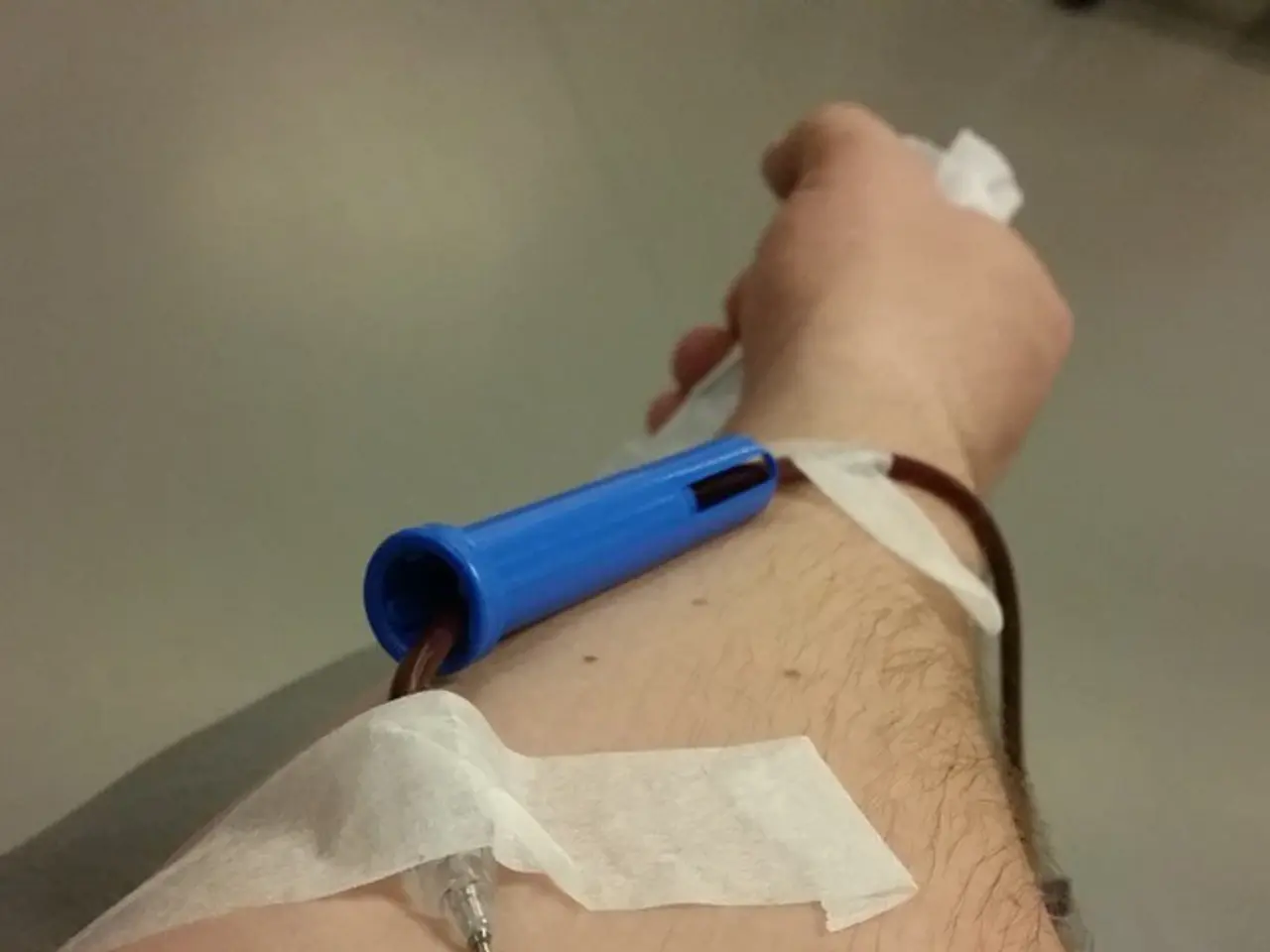Blood Typing: The Key to Safe Transfusions
Blood transfusions and donations rely on a crucial process: blood typing. This determines a person's blood type, vital for compatibility. Austrian pathologist Karl Landsteiner discovered the ABO blood group system in 1901, revolutionising transfusion medicine.
The ABO system categorises blood into four types: A, B, AB, and O. Each type has unique donation and reception rules. Type O individuals, often called 'universal donors', can give to anyone, but only receive from O types. Conversely, Type AB individuals, dubbed 'universal recipients', can receive any type but donate only to AB types. Type O-negative is particularly valuable as it can be given to anyone, regardless of their Rh factor.
Blood types are further divided by the Rh factor, resulting in eight possible combinations. Each type has specific compatibility rules. For instance, Type A individuals can donate to A and AB, and receive from A and O. Similarly, Type B can donate to B and AB, and receive from B and O.
Understanding and respecting blood type compatibilities is paramount for safe transfusions and donations. Landsteiner's discovery laid the foundation for modern blood banking and transfusion practices, saving countless lives worldwide.







